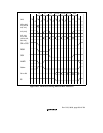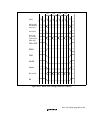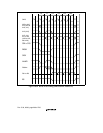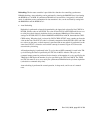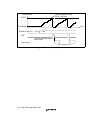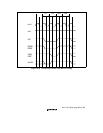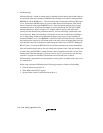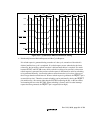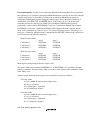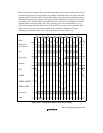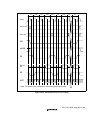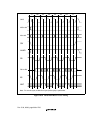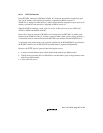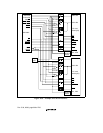
Rev. 5.00, 09/03, page 301 of 760
TRs1
CKIO
RD/WR
CSn
RAS3U, RAS3L
CASU, CASL
CKE
(TRs2) (TRs2) TRs3 (Tpc) (Tpc)
Tp
Figure 10.27 Synchronous DRAM Self-Refresh Timing
• Relationship between Refresh Requests and Bus Cycle Requests
If a refresh request is generated during execution of a bus cycle, execution of the refresh is
deferred until the bus cycle is completed. If a refresh request occurs when the bus has been
released by the bus arbiter, refresh execution is deferred until the bus is acquired. If a match
between RTCNT and RTCOR occurs while a refresh is waiting to be executed, so that a new
refresh request is generated, the previous refresh request is eliminated. In order for refreshing
to be performed normally, care must be taken to ensure that no bus cycle or bus right occurs
that is longer than the refresh interval. When a refresh request is generated, the IRQOUT pin is
asserted (driven low). Therefore, normal refreshing can be performed by having the IRQOUT
pin monitored by a bus master other than the SH7709S requesting the bus, or the bus arbiter,
and returning the bus to the SH7709S. When refreshing is started, and if no other interrupt
request has been generated, the IRQOUT pin is negated (driven high).



